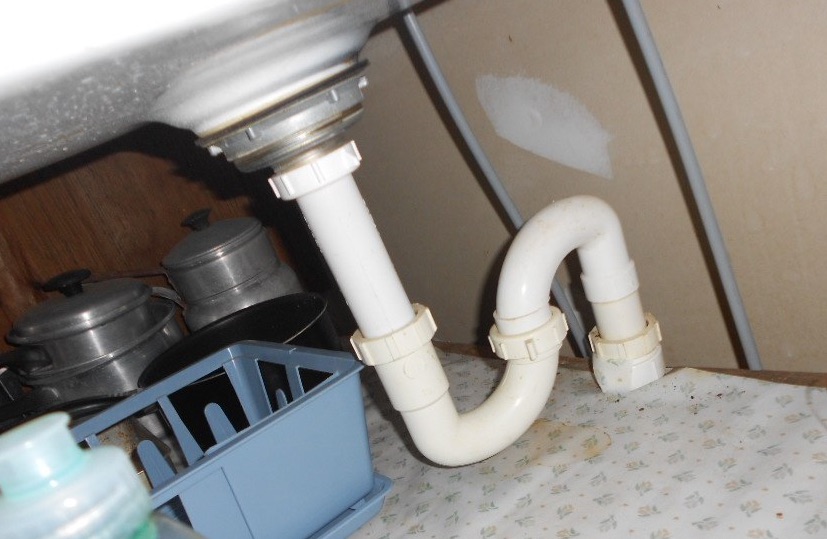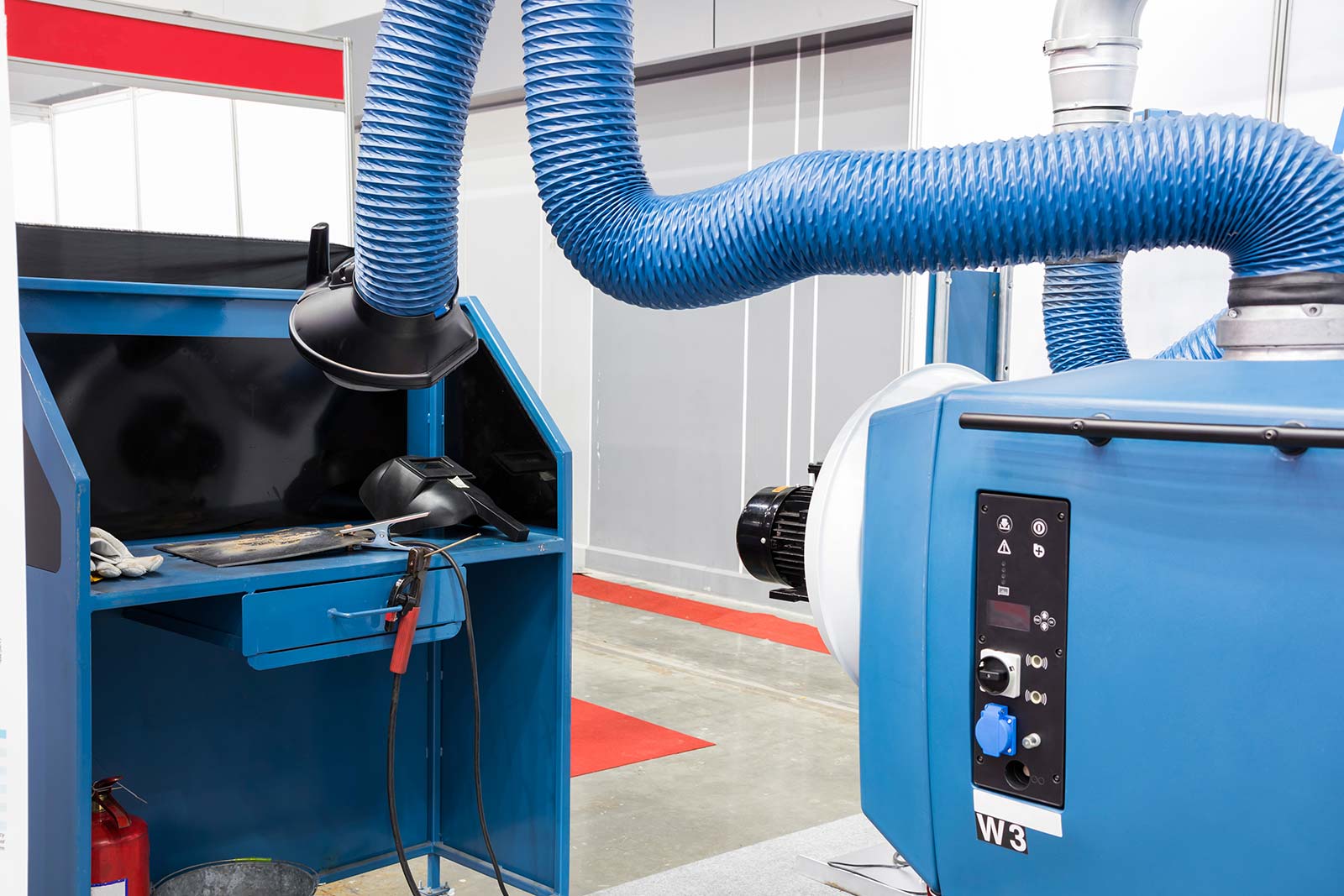Exploring The Importance of Proper Ventilation in Plumbing Systems
Exploring The Importance of Proper Ventilation in Plumbing Systems
Blog Article
The content underneath about Why Plumbing Air Vents Are Important is especially insightful. Give it a try and draw your own results.

Proper ventilation in plumbing systems is typically overlooked, yet it is important for keeping the functionality and safety of your home's plumbing. Ventilation assists control atmospheric pressure, stop the buildup of hazardous gases, and guarantee the effective elimination of waste. In this guide, we will check out the significance of proper plumbing air flow, just how it functions, and the benefits it brings to your plumbing system.
Comprehending Air Flow in Plumbing
Ventilation in plumbing refers to the network of pipes that permit air to move via the drain system. These vents offer several purposes, including controling atmospheric pressure within the pipes, protecting against sewer gases from getting in the home, and aiding in the smooth circulation of wastewater.
How Ventilation Functions in Pipes Equipments
Atmospheric Pressure Law
Proper air flow maintains balanced air pressure within the pipes system. When water streams with pipelines, it displaces air. Without appropriate ventilation, this variation can produce unfavorable pressure, bring about slow drains pipes or siphoning of water from catches, which can create unpleasant smells to leak into the home.
Stopping Sewage System Gas Accumulation
One of one of the most essential features of plumbing vents is to prevent sewer gases, such as methane and hydrogen sulfide, from accumulating within the home. These gases can position major wellness threats and are very combustible. Vent pipelines allow these gases to get away securely outdoors.
Helping in Waste Removal
Ventilation aids in the effective elimination of wastewater by stopping airlocks in the water drainage system. When air can move easily through the vents, it allows water and waste to stream efficiently through the pipes, decreasing the threat of clogs and back-ups.
Types of Pipes Vents
Key Stack Vent
The main stack vent, also called the air vent pile, is the primary air vent in a plumbing system. It expands from the primary drainpipe align via the roof covering, enabling gases to get away and fresh air to enter the system.
Branch Vent
Branch vents attach to the major stack vent and serve specific components, such as sinks, bathrooms, and showers. These vents make sure that each component has sufficient ventilation to operate correctly.
Air Admission Shutoff (AAV).
An Air Admission Valve (AAV) is a one-way valve that allows air to get in the plumbing system without the requirement for a traditional air vent pipe prolonging via the roof covering. AAVs are generally utilized in restorations or areas where installing a standard vent is not practical.
Indications of Poor Ventilation in Pipes.
Slow Draining Fixtures.
If your sinks, bathtubs, or toilets are draining pipes gradually, maybe an indication of poor air flow. Poor air circulation can produce a vacuum cleaner effect, making it hard for water to drain pipes appropriately.
Gurgling Appears.
Gurgling sounds coming from drains are typically an outcome of air being drawn with water catches as a result of adverse stress in the pipelines. This is a clear sign of inadequate air flow.
Unpleasant Odors.
Sewer smells inside your home are a warning that your pipes system is not correctly ventilated. This can suggest that drain gases are not being appropriately aired vent outside, resulting in potentially unsafe conditions.
Common Air Flow Mistakes.
Poor Vent Sizing.
Utilizing undersized vent pipes can cause poor air flow and stress inequalities in the system. It's essential to make use of vents that satisfy the certain requirements of your plumbing system.
Improper Vent Positioning.
Putting vents also much from the components they serve can minimize their efficiency. Correct placement makes sure that air can stream openly and effectively through the system.
Disregarding Code Demands.
Building regulations give specific guidelines for pipes air flow. Ignoring these codes can result in a system that stops working to function appropriately and may lead to expensive repairs or health hazards.
Benefits of Proper Air Flow.
Improved System Effectiveness.
Effectively aerated plumbing systems run a lot more efficiently, with fewer blockages, faster draining, and much less stress on the pipelines. This effectiveness prolongs the lifespan of the plumbing system.
Improved Air Top Quality.
By stopping drain gases from entering your home, proper ventilation contributes to better indoor air top quality, making your living environment healthier and much more comfortable.
Protecting Against Water Damage.
Adequate ventilation assists stop water from being siphoned out of traps, which can lead to sewage system gases going into the home and causing water damage with time.
Steps to Make Sure Appropriate Ventilation.
Consulting Plumbing Codes.
Always seek advice from local plumbing codes when making or changing your pipes system. These codes supply the necessary standards for appropriate venting and guarantee your system meets safety and security standards.
Routine Inspection and Upkeep.
Routine inspections can aid identify possible ventilation concerns before they end up being significant problems. Maintenance jobs, such as cleaning vent pipes and checking for blockages, are essential for keeping the system in good working order.
Professional Setup.
For new installations or significant modifications, it's a good idea to employ a specialist plumbing technician. They have the competence to guarantee the ventilation system is correctly designed and mounted according to code.
Verdict.
Proper air flow is an important element of any pipes system, guaranteeing that it operates efficiently and securely. By recognizing the significance of air flow, identifying the signs of bad air flow, and taking steps to preserve your system, you can stop pricey issues and safeguard your home's air high quality.
4 Things You Should Know About Your Plumbing Vents
What Plumbing Vents Are
Also called a vent stack, a plumbing vent is a vertical pipe attached to your drain line that runs through your roof. The plumbing vent pipe, or plumbing air vent, removes gas and odors from your plumbing system and allows fresh air to enter the pipes, helping the water to flow out of the drain pipes.
What Plumbing Vents Do
Plumbing vents have two basic functions. One of which is to allow unpleasant smelling wastewater and sewer gasses to escape your plumbing system instead of entering your home. Plumbing vent pipes are typically located on roofs, away from windows, to ensure the fumes exit the home completely.
The other function of the plumbing vent is to move fresh air into your plumbing system. This helps move water through every plumbing fixture in your house, like toilets and sink drains. Think of the way in which you need to let a little air into the bottle as you pour soda in order to make the drink flow smoothly.
Different Types of Plumbing Vents
True vent: This is the most common vent option. In simplest terms, a true vent is a vertical pipe attached to your drain line that exits through the roof. They often function as the main vent that other fixtures can connect to. Re-vent pipe or auxiliary vent: Attached to the drain line near specific plumbing fixtures, re-vent pipes run up and over to connect to the main vent. Common vent: Two plumbing fixtures installed on opposite sides of a wall are typically tied into the vent stack using something known as a sanitary cross. Wet vent: This venting option operates as a drain pipe and a vent at the same time. Wet vent drainage systems drain water from one fixture while venting the air from another. Although they’ve been used for over 100 years, wet vent systems have only recently been added to the plumbing code in many areas. If you’re planning on installing one in a bathroom remodel, make sure you check your local code prior to construction. Loop vent: For free-standing fixtures like kitchen island sinks, loop vents are ideal. These vent pipes run under the floor, rise from the P-trap, and create a loop inside the cabinet sink. Air admittance valve: An AAV is a one-way mechanical valve typically installed at the site of the plumbing fixture. AAVs allow venting to occur without having to tie into a larger venting system. They’re ideal for venting fixtures where you aren’t able to easily connect to an existing vent system. Common Plumbing Vent Issues
Although vent pipes typically don’t have water flowing through them, they’re still subject to many typical plumbing issues. For example, clogs are one of the most common problems associated with sewer vent pipes. If your vent pipe gets clogged, all of your plumbing fixtures tied into the vent stack will be affected.
A sink with a slow drain that bubbles and gurgles or a strong sewage smell around your toilet are both indicators that your toilet vent pipe is clogged. Because most vent pipes exit through the roof, old leaves, twigs or even a bird’s nest could be clogging the pipe.
Clogs in your vent pipe system cause a buildup of negative pressure, meaning that water won’t be able to flow out of your home very well. It’s similar to putting your finger over the opening of a straw to trap water inside. When you remove your finger, the water is able to flow out of the straw.
If you suspect you have any blockage in your vent, make sure you have a professional come examine the situation. Left unchecked, a blocked air vent can lead to other costly repairs, like leaks and sediment buildup.
Under Pressure
Pipe vents are essential aspects of a home’s plumbing system. Owning a home means learning about all sorts of things you never put much thought into before. But by understanding as much as you can about the important systems of your home, you can keep those budgets intact and those anxiety levels low.
https://www.homeserve.com/en-us/blog/home-improvement/plumbing-vents/

I was shown that editorial on What Are Plumbing Vents and Why Are They Important? from someone on a different website. Be sure to take a moment to distribute this write-up if you enjoyed it. We thank you for your readership.
Order Repair Report this page